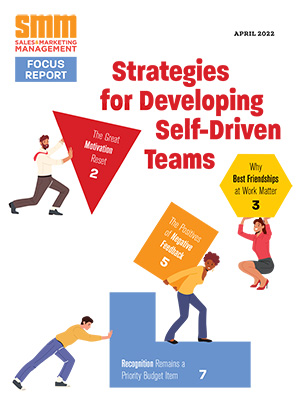
“If you haven’t read about ad blocking in the recent past, I envy you. For those of you who did escape the bonanza, please share the location of the rock you were living under,” stated Philip Inghelbrecht on a recent post at TechCrunch.com.
Ad blocking gives Internet users the ability to remove all ads shown on any web page. The product is typically run in a browser through an extension. PageFair, a provider of ad block solutions to web publishers, states that a whopping 200 million people worldwide use ad blockers when surfing the web. About 16 percent of those who use the Internet in the United States, or 45 million people, have already installed an ad blocker, up 48 percent over the last 12 months, said PageFair’s Sean Blanchfield.
“It’s undeniable that ad blocking creates a better Internet experience — nice clean pages, no flashing ads, or, God forbid, pop-ups,” Inghelbrecht said. “At the same time, however, ad-blocking takes away the main source of revenue for content creators — advertising is their livelihood and the reason why we get to enjoy most of the Web for free.”
People have been able to use ad blockers on their desktop web browsers for some time. But the number of people installing ad blockers has increased with the arrival of blockers on mobile devices because so much computing has now moved to those devices.
Within days after Apple enabled ad-blocking apps through iOS 9, its new mobile operating system, users embraced the new technology. The New York Times reported that in less than 48 hours, several ad-blocking apps with names like Peace, Purify and Crystal soared to the top of Apple’s App Store chart.
While much of the recent backlash has come from nervous web publishers, any company that employs online advertising as part of its marketing mix faces potential hurdles. “It’s the beginning of a new conversation about creating a quality environment for consumers, particularly on mobile devices,” John Montgomery, chairman of WPP’s GroupM Connect in North America, told the Times.
Yahoo chief executive Marissa Mayer told an audience at a New York advertising event that increased use of ad blockers could result in more companies turning to native advertising as a key marketing tool.
“The more the advertising and sponsored messages are like the content around it, the more of a reason you are giving users to not turn that off because it’s actually very content rich. It’s like the article post they are viewing right next to it that wasn’t sponsored,” Mayer said.
Damon Ragusa, CEO of ThinkVine, a provider of technology solutions for marketing optimization, say ad blocking may force marketers to stretch their creativity well beyond native advertising, branded content and location-based targeting.
“Advertisers with deeper pockets and a more strategic view will seek opportunities which are less likely to be affected by ad blocking,” Ragusa says. “The most strategic marketers will revisit their content, targeting and media strategies, and challenge themselves to offer more relevant and rewarding audience experiences. In other words, they will focus on earning their audience.”



